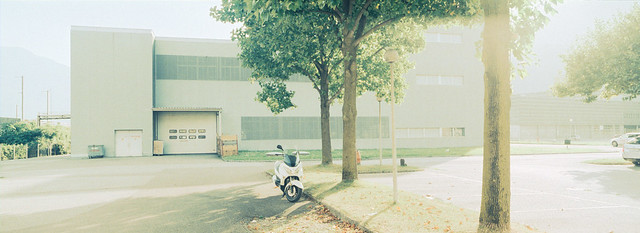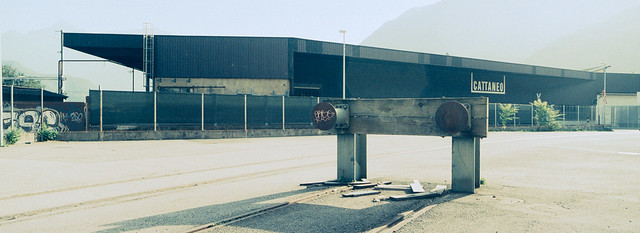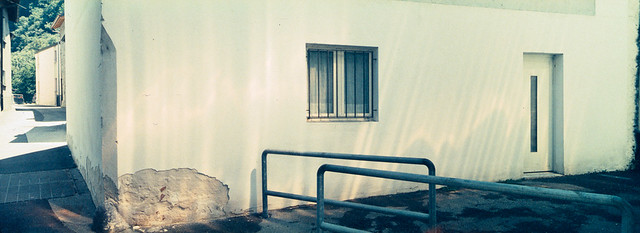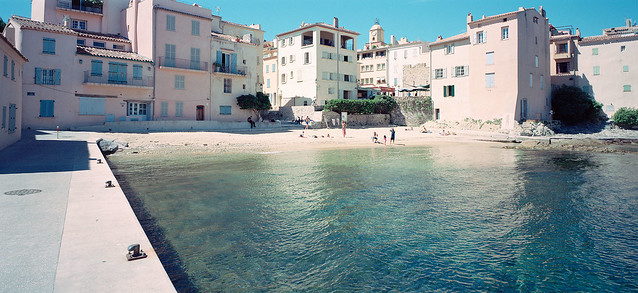Digital’s Not Dead
It’s just been having a bit of a rest
I realised the other day that my last 12 posts have been almost exclusively about film photography. Since May, I’ve mentioned digital just once, and that was in the context of comparing with film. This seems to have started in March, but it really wasn’t intended. I’ve also noticed that by and large, the quality of my photography has dropped significantly. Possibly I have fallen prey to the very same strain of gear obsession that in past posts I have charged the “film community” with. It may also be that I’m not finding much inspiration, and am just repeating myself.
I suppose really I’ve been dedicating quite a lot of time to getting my film photography back up to speed again, and ensuring that all the stuff I need to work works as well as it can. I think I’m almost there on that front. I’ve also been getting familiar with the Linhof 612, which is not that simple. Actually, the Linhof seems to have quite a serious fault which is causing uneven film winding, in some cases resulting frames overlapping. So it looks like its going off to the factory for servicing, which is going to be expensive. The previous owner told me he never had any issues, and I have no reason to disbelieve him. Caveat emptor, I suppose, especially when buying through eBay.
The above photograph is absolutely digital. It was taken two weeks ago, way off the beaten track in the Aspromonte region of Calabria, right in the south of Italy. Aspromonte, most of which is a national park, is absolutely stunning. It is harsh, arid, with precipitous abandoned villages connected by crumbling, vanishing roads (Europcar would have a fit…), and astonishingly beautiful. There are few people around, but those few are welcoming, friendly and embarrassingly generous. We had only 2 days there, but I’m certain I’ll be going back.
I suppose Aspromonte would look even more stunning on Portra or Provia. But hauling medium format film cameras down there would be a real struggle. And would it even be worth it? I’m not going to try to pretend: in terms of real resolution, even a 5300dpi scan from medium format film doesn’t beat a 16MPix Olympus file, never mind a Sigma Quattro file. Resolution isn’t everything though, and there remains a clinical precision in digital which I sense rather than see. It don’t like it, but I can live with it. Just as the lens I took the above shot with, the Olympus 14-150 zoom, is probably optically my worst. The bottom right corner is really soft at wide to medium focal lengths. But it is extremely light, very flexible, and great to travel with. So, like digital, I tolerate it.
So yes, I am quite conflicted about film versus digital, and I suppose I always will be. I wish I could just choose one, but I don’t suppose I ever will. But it does seem that the less I bother about gear in general, the more enjoyable I find photography. Maybe I should turn off the internet.










